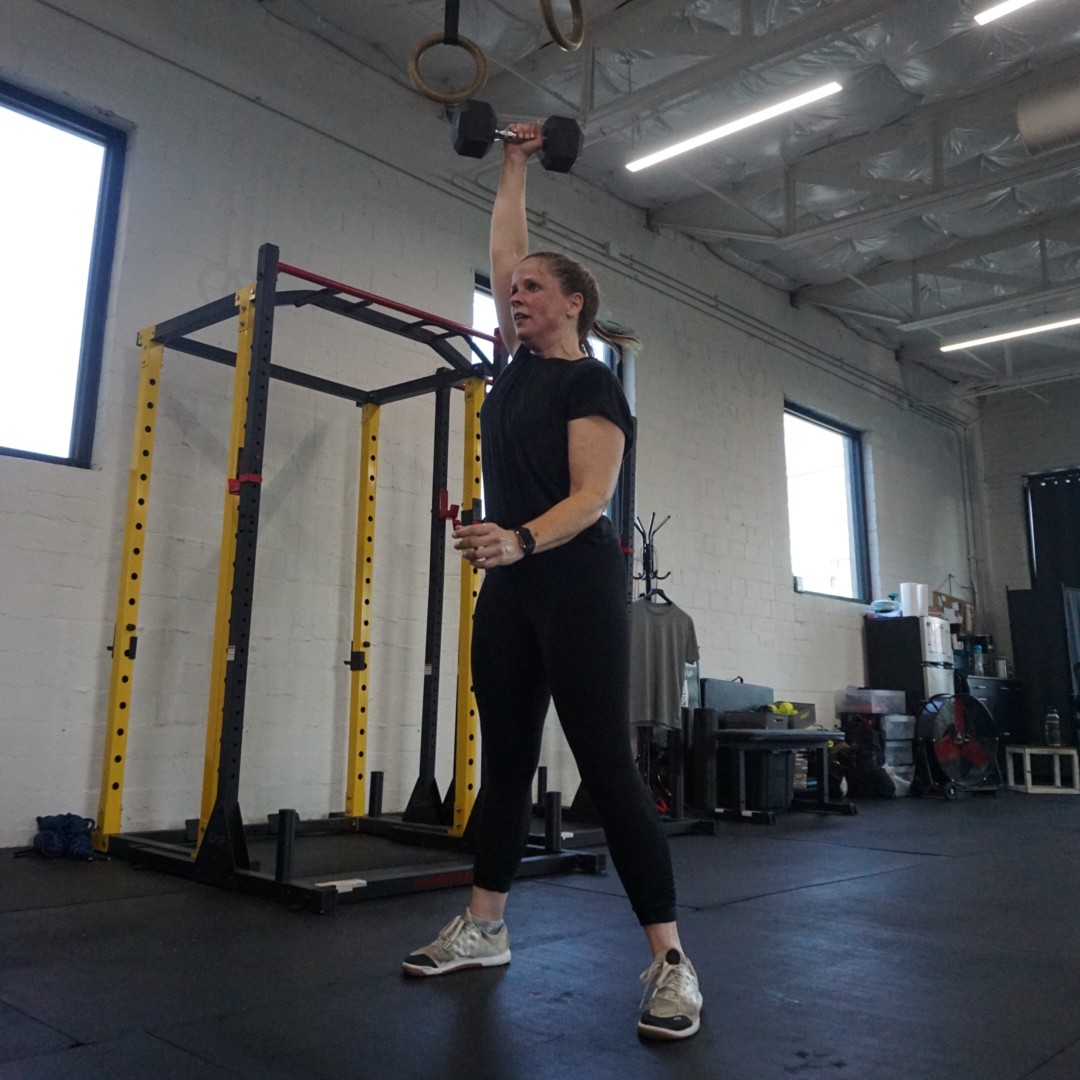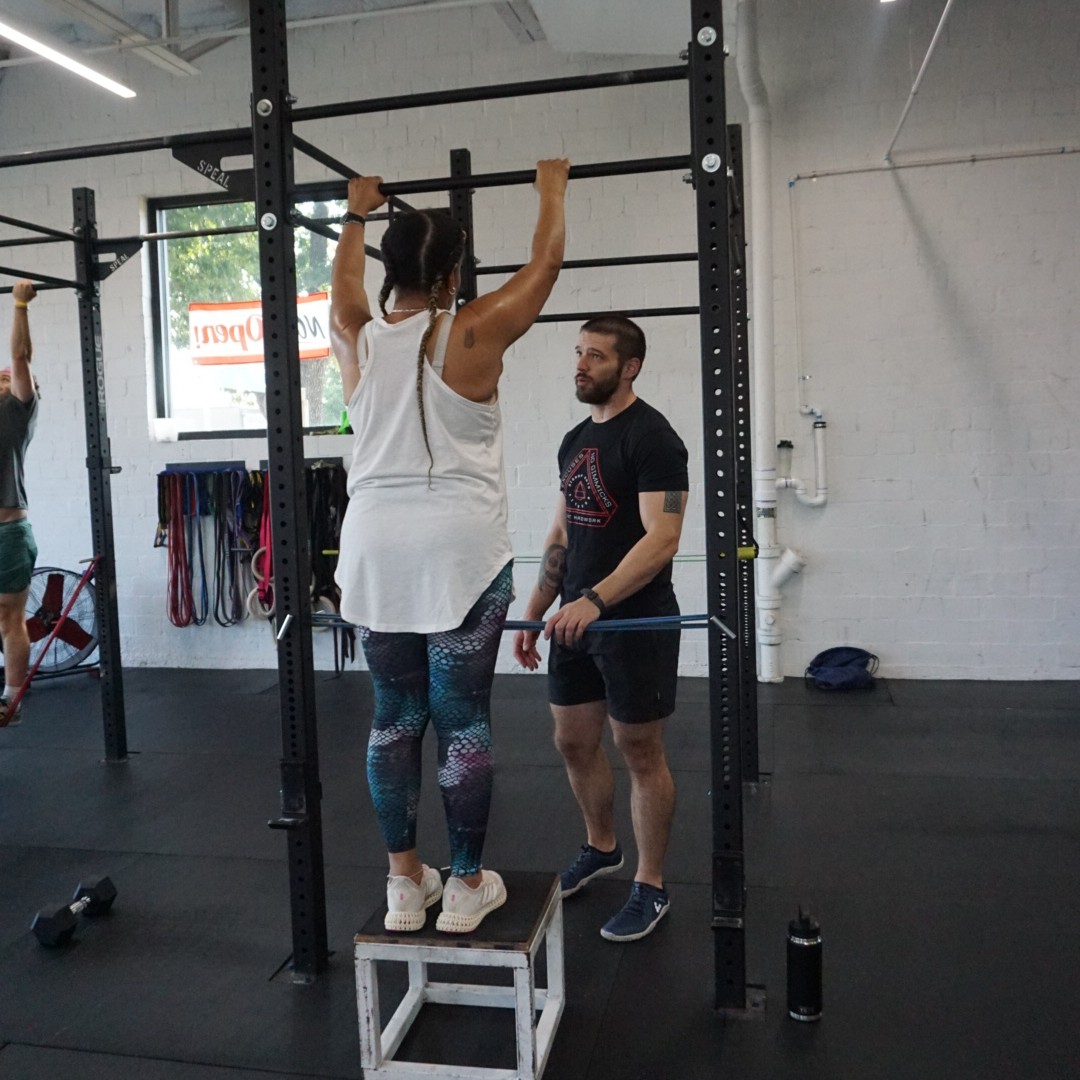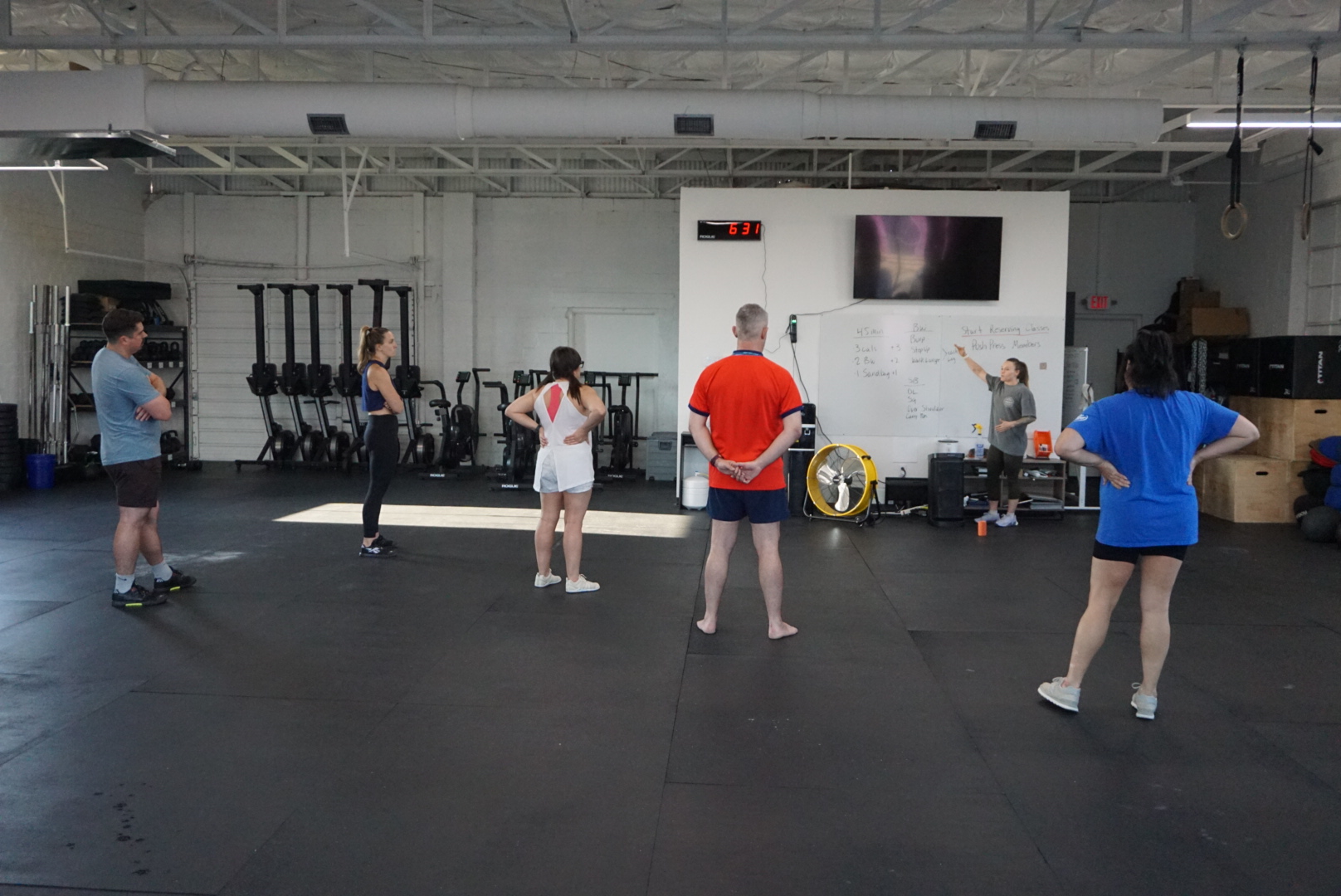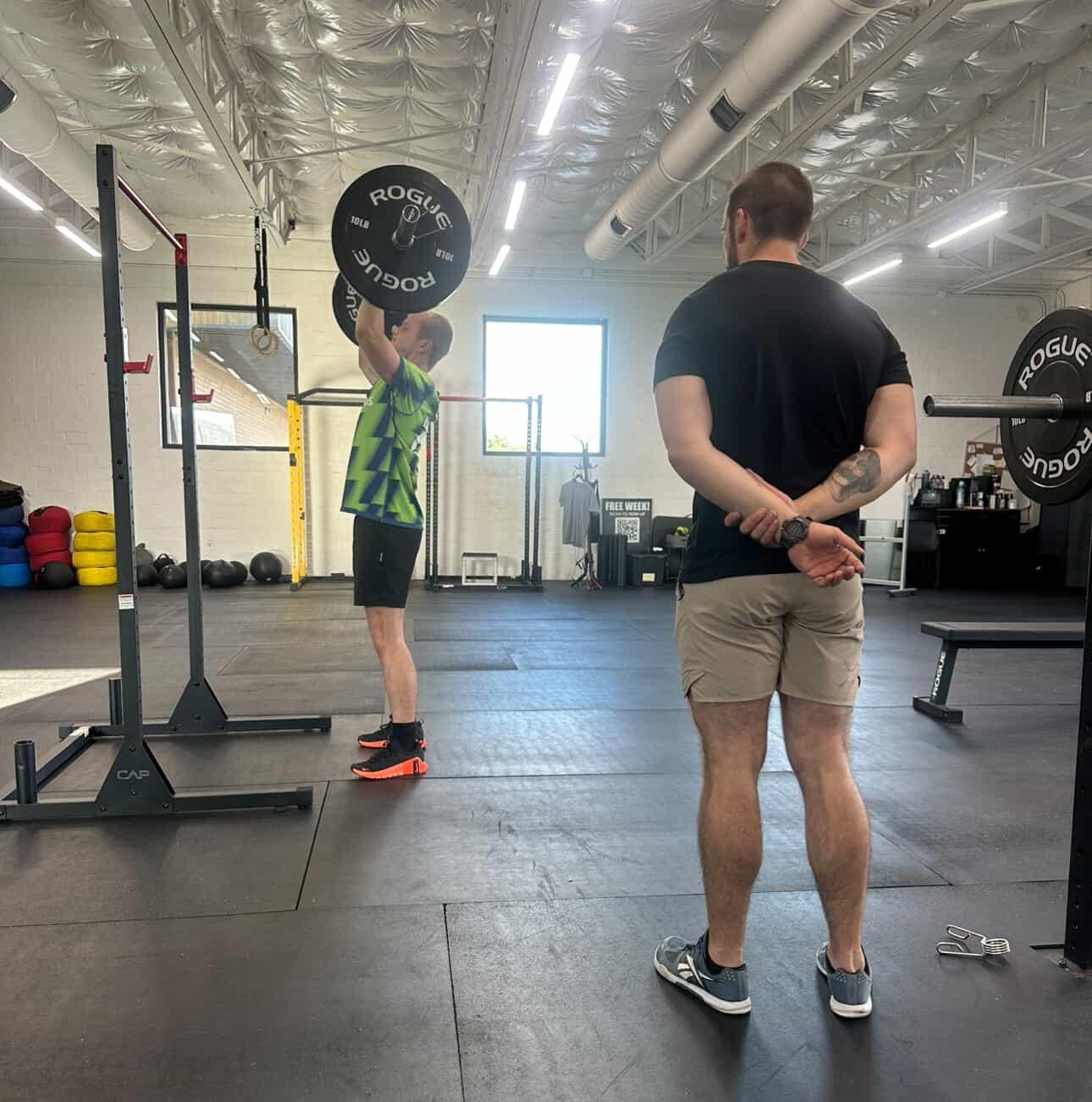By clicking “Accept All Cookies”, you agree to the storing of cookies on your device to enhance site navigation, analyze site usage, and assist in our marketing efforts. View our Privacy Policy for more information.
Testing, Training, and Working Out: Know the Difference
Learn the different approaches to fitness and when to use them.
By
July 8, 2025
.jpg)
The Difference Between Testing, Training, and Just Working Out
Most people don’t realize there are three different ways to approach fitness: testing, training, and just working out. Each serves a purpose, but understanding the differences is key if you actually want to make progress.
Testing: Maximum Effort, Occasional Use
Testing is when you're trying to measure your true capacity. It’s race day, a one-rep max, or a workout where you're giving it everything you’ve got.
You're not trying to improve during the test, you’re trying to see what your current ceiling is.
Examples:
- Running a timed 10K.
- Hitting a one-rep max deadlift.
- Completing a workout for time at full effort.
Testing is about maximum performance, not improvement. Because of that, it's something you should do rarely, not every week. If you’re constantly testing, your body won’t have time to adapt or improve. You’ll end up spinning your wheels, frustrated that you’re not getting better.
Training: Where Progress Happens
Training is what the majority of your time in the gym should look like. This is where you focus on improvement by applying consistent, targeted effort over time.
You’re not chasing a Personal Record every day. You’re showing up with a purpose, working at a specific intensity, and building your capacity in a sustainable way.
Examples:
- Running at tempo pace to build endurance.
- Lifting 80% of your one-rep max for multiple sets to build strength.
- Working on pacing, movement, or strategy during intervals.
Training means you have a plan. That doesn’t mean it has to be rigid or overly complex, but you do need something to aim at. Without that, you're just hoping progress happens. And hope isn’t a strategy.
Just Working Out: Going Through the Motions
This is what most people do: show up, sweat a little, maybe follow the workout of the day, and go home.
Sometimes that’s fine, especially if you are not mentally in it that day. Not every session has to be about improvement. But most should be. If every workout is random and disconnected from a specific goal, don’t be surprised if you don’t see real changes.
Working out for the sake of movement can still be valuable, especially for stress relief or on days when life gets in the way, but it’s not along-term growth strategy.
Why Clear Goals Matter
When you don’t have a specific target, whether it’s improving strength, endurance, or work capacity, training gets hard. Not just physically, but mentally. Without a goal, it’s easy to drift into "just working out" territory.
Even if your goals are general (feel better, move better, lose some fat), having tests or benchmarks in place can help you see if you're actually making progress. That's why at Bishop Arts Fitness, we structure training blocks that target specific adaptations, like strength, capacity, or endurance. We are giving members the specific goals.
We run tests throughout these blocks that give members a sense of whether their training is moving the needle. These aren’t just random workouts, they’re designed to highlight progress without requiring you to become a competitive athlete.
How We Program at Bishop Arts Fitness
Our training cycles can follow any one of three focuses:
1. Strength Cycle
We pick specific lifts and spend 8-12 weeks improving them through structured programming. You’ll test those lifts at the beginning and end to gauge progress.
2. Capacity Cycle
We choose 2–3 workouts that test your ability to push through high-intensity efforts. One might be sustained effort, another more interval-based. Over time, we help you build the ability to manage fatigue and pace yourself better.
3. Endurance Cycle
These workouts are longer and often lower in intensity. The goal is to improve how long and well you can keep moving. Not every day needs to feel like a grind, you also need to build the ability to sustain work.
We also include functional performance tests that mix movements and add fatigue to simulate real-world fitness. This might look like squatting, hinge, pressing, or pulling under fatigue to disrupt the sustained endurance effort, and make you get back to the sustainable pace.
The Takeaway
If you're just showing up and sweating, that might work for a little while. But long-term, it leads to plateaus and potentially boredom. You’ll end up frustrated, putting in time but not seeing results.
The solution? Get clear about what you're actually working toward. Put a plan in place. Train with intention. And test yourself occasionally to measure progress, not just to feel busy.
Want Help With This?
If you want help setting goals, building a plan, or understanding how we structure our training at Bishop Arts Fitness, we’re happy to chat. You can reply to this post or schedule a time to come in and talk through it with us.





